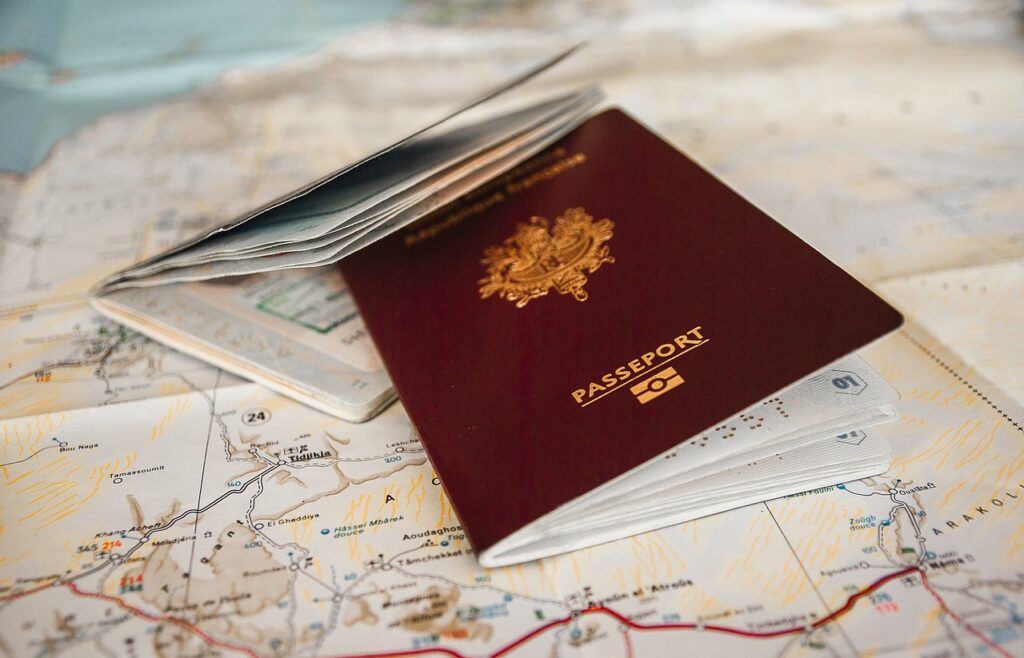Photo courtesy of Pixabay
Envision a fast airport check-in: a quick scan confirms your identity, checks your passport, scans your visa, and issues your boarding pass in seconds. This may seem futuristic, but it’s now a reality made possible by modern-day passport scanning technology. Let’s discuss some other features of these state-of-the-art passport scanners that make them much more beneficial than your standard scanners.
Quick to Spot a Fake Passport
It used to be that a quick scan of the machine readable zone (MRZ) at the bottom of your passport was enough to ensure authenticity. Today, an advanced passport scanner offers a lot more comprehensive and smart document verification, acting as a powerful first line of defense against ever more sophisticated forgeries.
These scanners can check passports for the basic typeface, layout, and much more. They communicate directly with constantly updated databases of valid document templates, usually managed by agencies like Interpol and the ICAO.
Within seconds, they can check any document for various advanced security features, such as the specific spectral signature of UV inks, the exact angle and refraction index of holograms, and micro-printing patterns readable only under magnification. The scanner can identify a suspected forgery if any of these important parameters are not in order.
Efficient at Identity Verification
Verifying documents is definitely one of the best reasons to employ passport scanners, but these machines can also help verify if the individual presenting the passport is authentic or not. It’s done using sophisticated face matching and biometrics.
These scanners take the passport photo along with a live image through a phone or webcam and run a facial analysis, while adjusting everything for varied lighting and angles. They compare the live image to the passport photo and cross-match against biometrically stored data. This really goes a long way in preventing identity theft and unauthorized entry, which is vital for secure remote onboarding and Know Your Customer (KYC) compliance.
Overcomes Language Barriers
Processing international identities involves more than just basic language skills. Interestingly, modern day passport scanners are highly sophisticated and come with multi-language capability and global document reading.
These scanners can also extract data accurately regardless of the native language, and can read passport formats from more than 220 issuing authorities, regular biometric passports, or temporary travel documents. This allows companies to process international identities quickly and efficiently regardless of where they are from.
Integrated with Mobile and Web
Unencumbered by desktop restrictions, today’s advanced passport scanners are capable of supporting web and mobile integration through software development kits (SDKs). Scanning can be implemented in mobile apps, POS systems, and web applications.
The best part is that these SDKs can support full cross-platform integration with tablets, smartphones, servers, and desktops, allowing users to scan and upload documents on personal computers. Similarly, webAssembly integration is also available in these scanners to ensure proper in-browser processing.
This way, advanced apps can also process data from the server side. Add pre-built UI elements to the mix, and it gets extremely easy to integrate these kits. This integration results in improved accessibility, convenience, and workflow on all platforms.
Endnote
The passport scanners today have come a long way from their original purposes. Thanks to technological improvements, they have become a lot more reliable and efficient in what they do. If you’re looking to automate passport scanning for your business, be sure to go with a modern machine with advanced features to get the best results.

